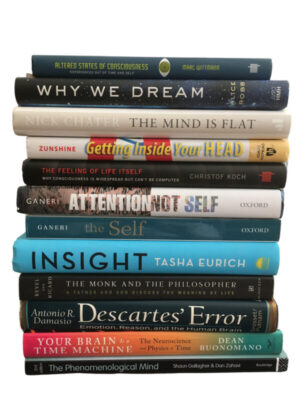The “Gutenberg Parenthesis”
Written on October 22, 2008
Tom Pettitt of the Institute for Literature, Media and Cultural Studies, University of Southern Denmark, spoke at UC Berkeley Tues. Oct. 21 on “Closing the Gutenberg Parenthesis: The Renaissance of Pre-Modern Media and Mindwork.” The idea of the “Gutenberg Parenthesis” is that the cultural dominance of print is coming to an end, and postmodern media culture is in many ways similar to the pre-modern oral tradition. Therefore mediaeval studies may have some relevance to contemporary media studies.
The Gutenberg era is characterized by the concept of the “free-standing, complete in itself item” which is associated with values of isolation, autonomy, integrity, and stability. This is reflected, for example, in a view of the body as a container or envelope, in contrast to the pre- and post-parenthetical view of the body as articulated, made up of limbs and joints.
The University of Southern Denmark has a “Gutenberg Parenthesis Research Forum.”
We may be in the best of both worlds right now, since certainly books have become so much more accessible than ever before, both in finding out about books to read and the ability to procure them.
For the textually oriented here are some of the books referred to by Prof. Pettit:
Peter Shillingsburg, From Gutenberg to Google: Electronic Representations of Literary Texts (2006)
Walter Ong, Orality and Literacy: The Technologizing of the Word (New Accents) (1982)
Marshall McLuhan, The Gutenberg Galaxy: The Making of Typographic Man (1962)
Sven Birkerts, The Gutenberg Elegies: The Fate of Reading in an Electronic Age (originally published in 1994)
Arthur F. Marotti and Michael D. Bristol, eds., Print, Manuscript, Performance: The Changing Relations of the Media in Early Modern England (2000)
Karin Littau, Theories of Reading (2006)
Guillemette Bolens, La logique du corps articulaire (2000)
Plus a website – The Pathways Project by John Foley: “The major purpose of the Pathways Project is to illustrate and explain the fundamental similarities and correspondences between humankind’s oldest and newest thought-technologies: oral tradition and the internet.”
Filed in: culture.


